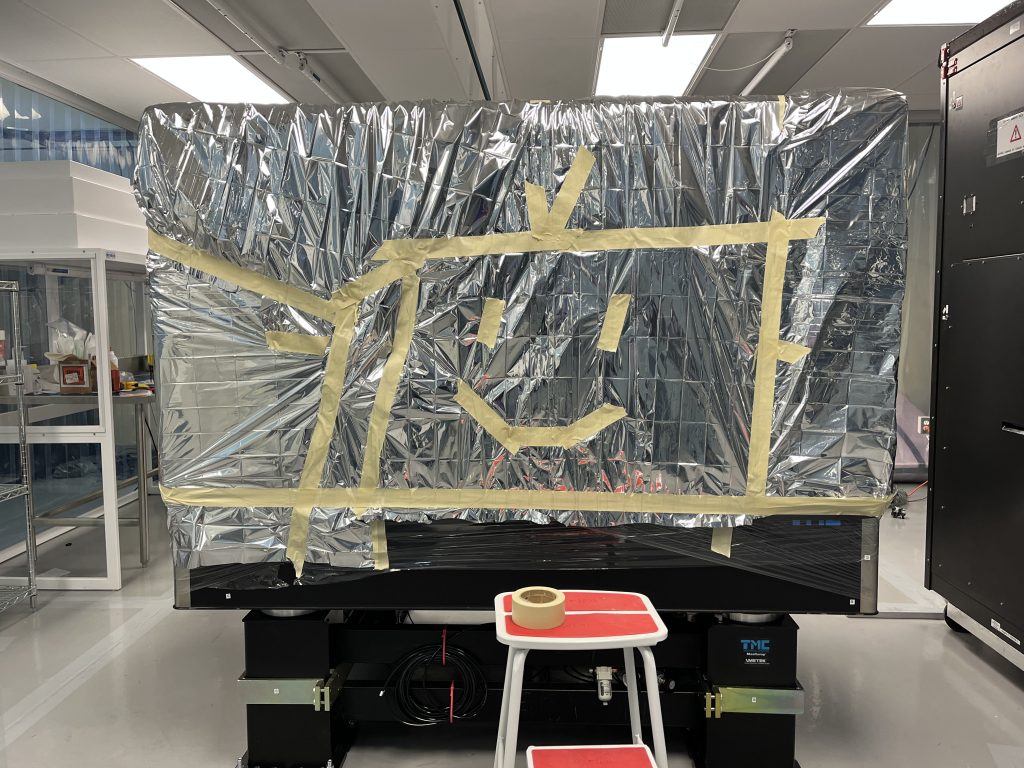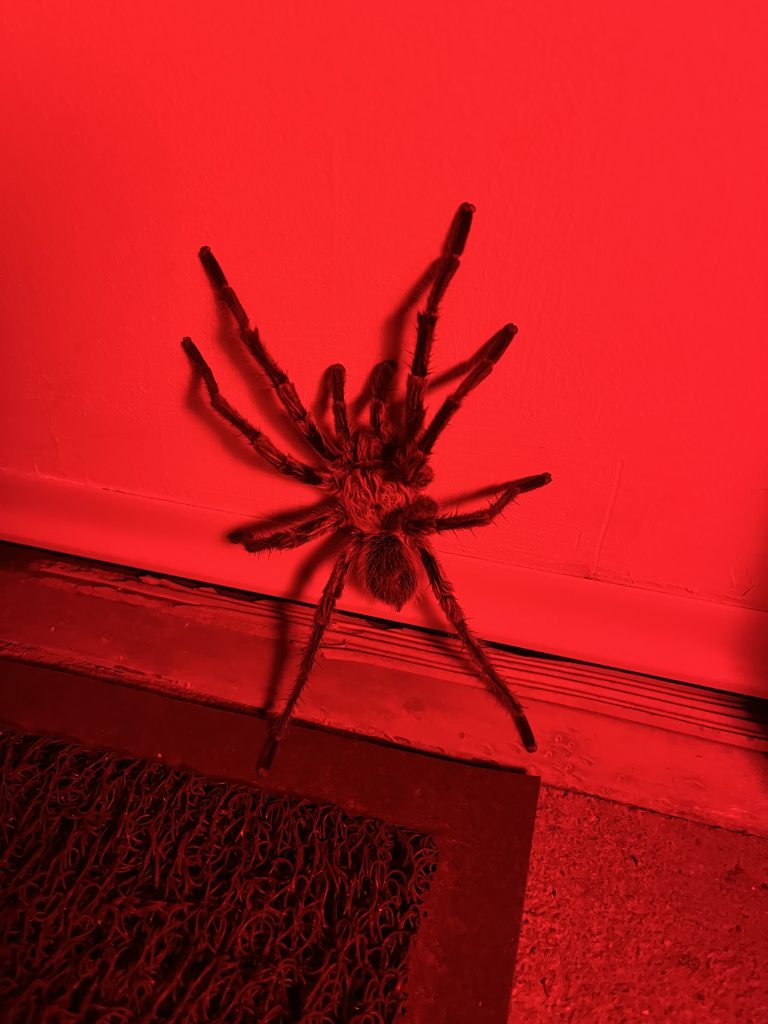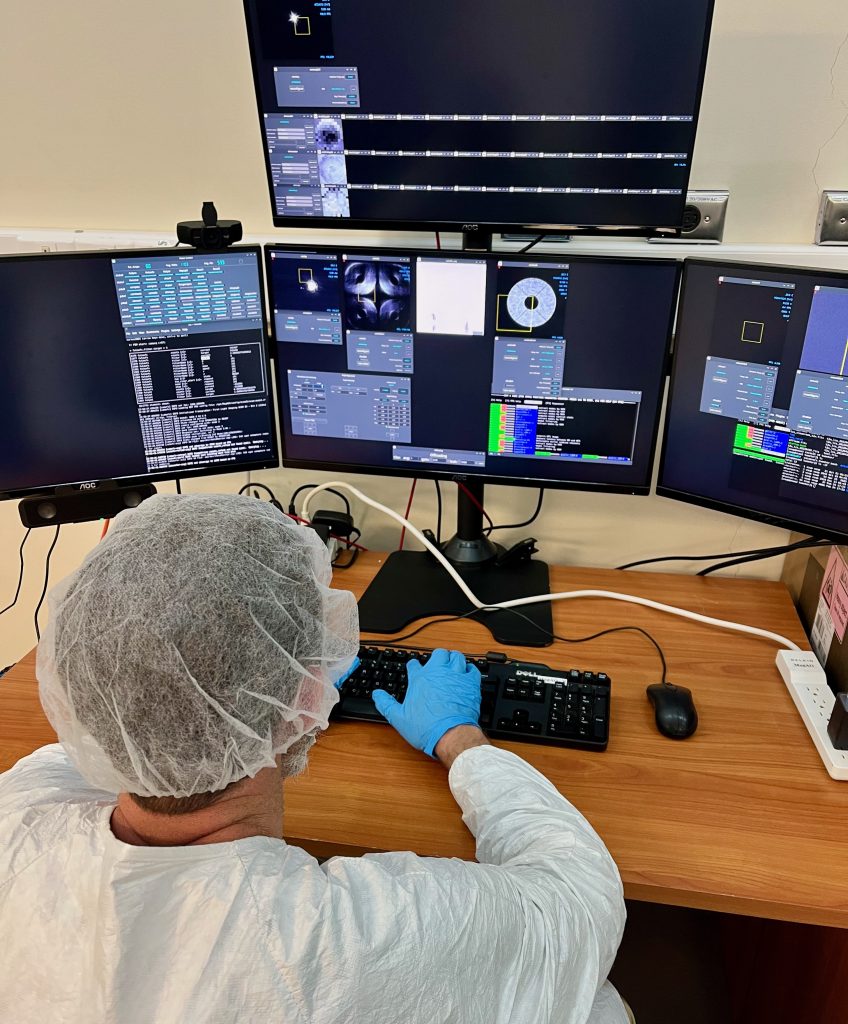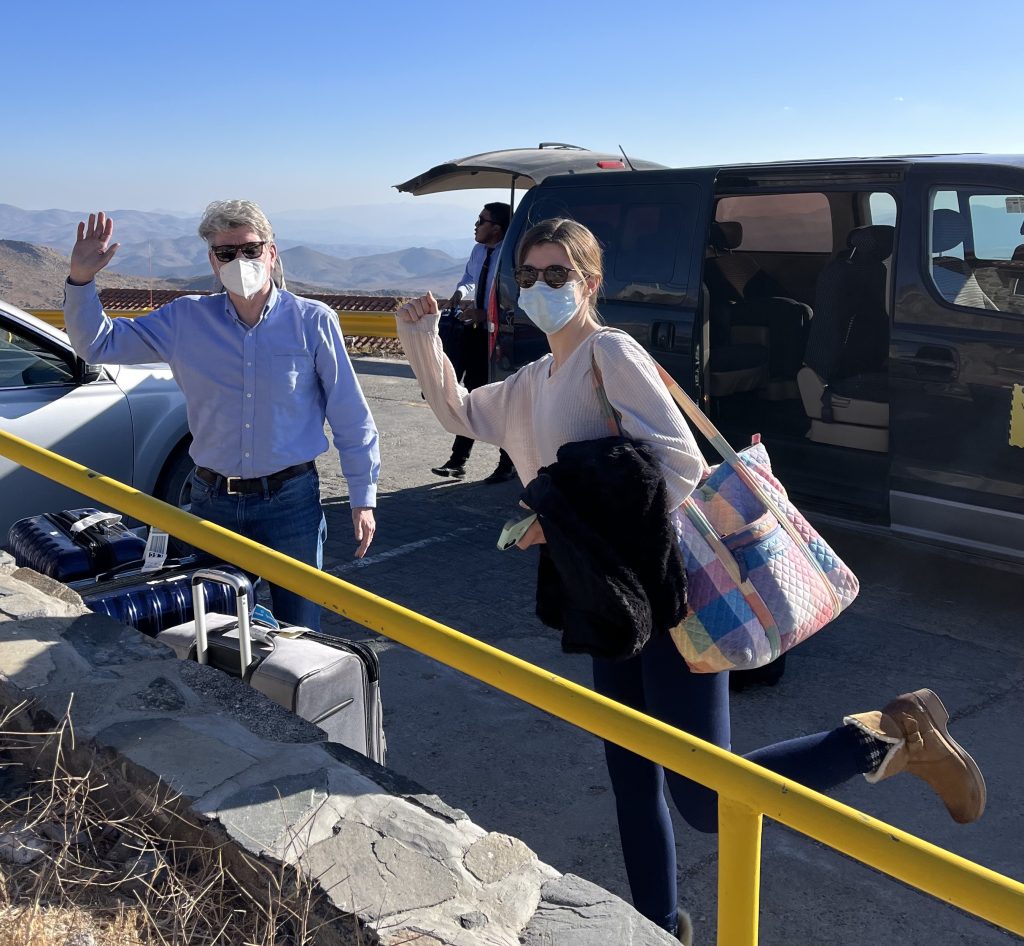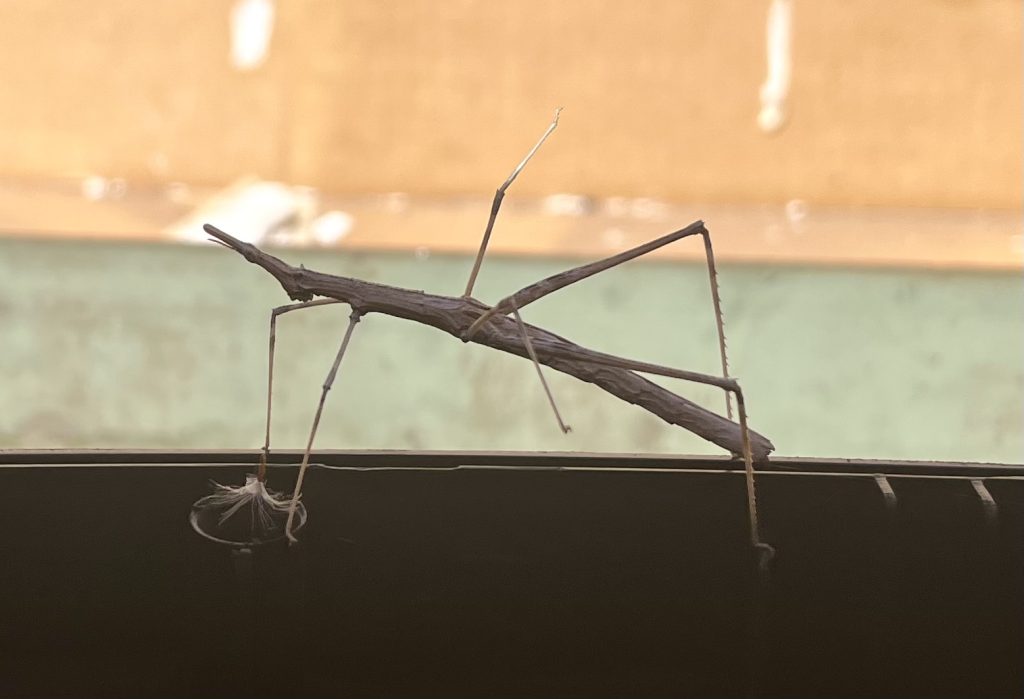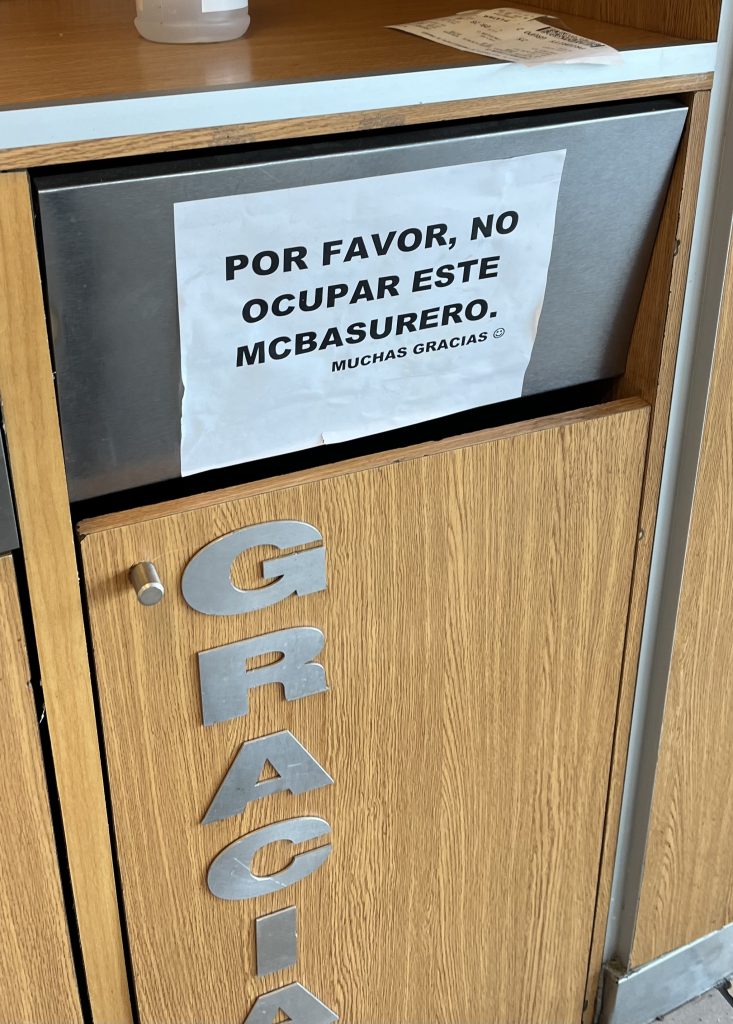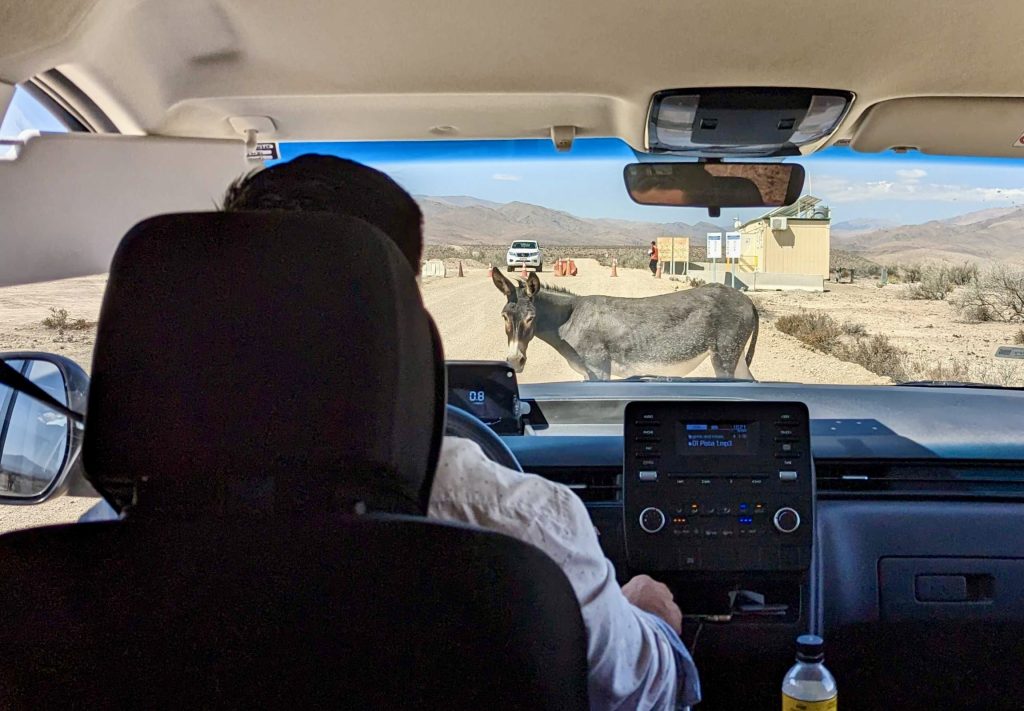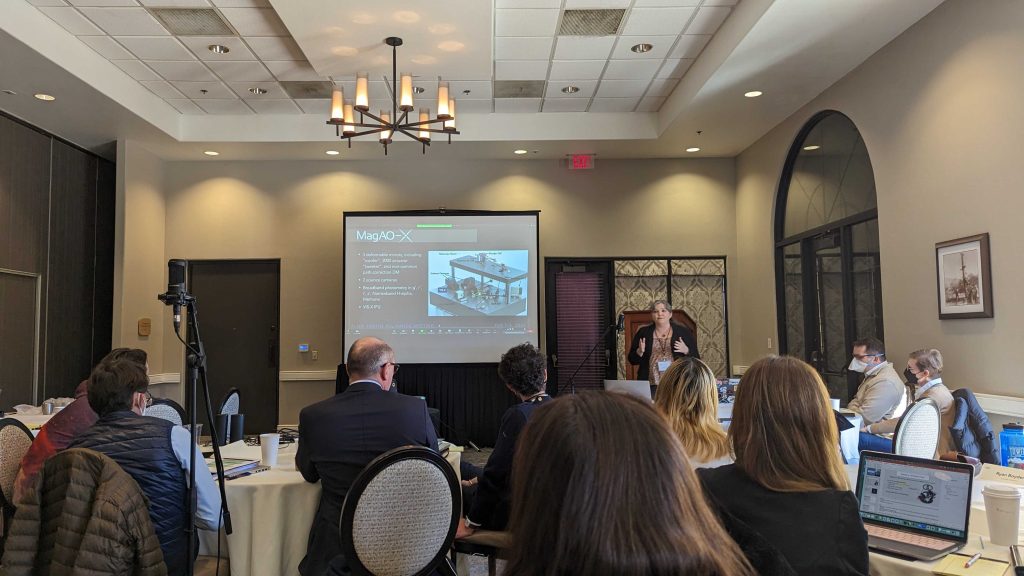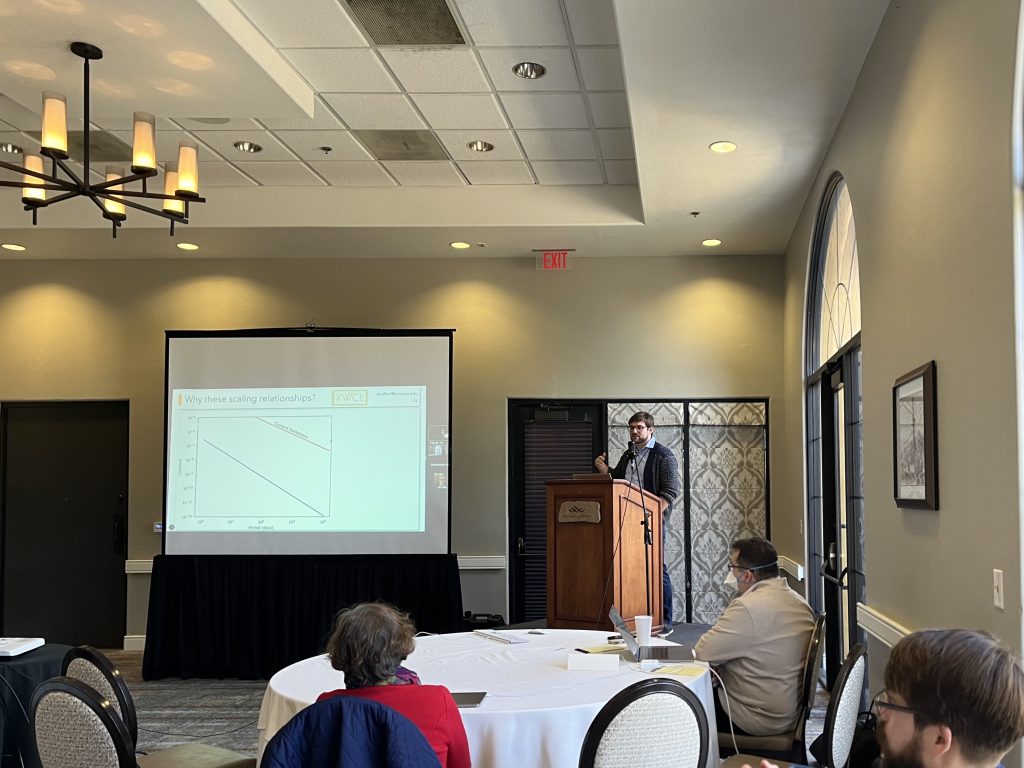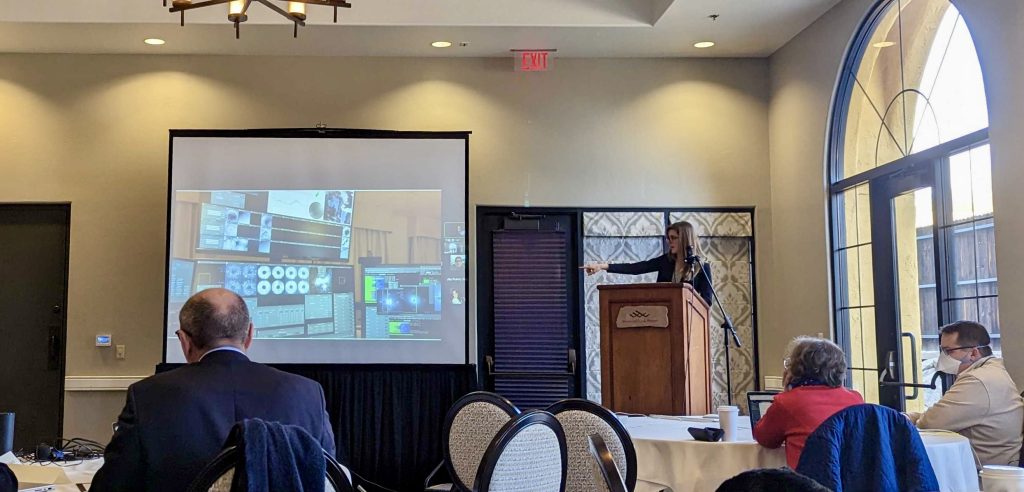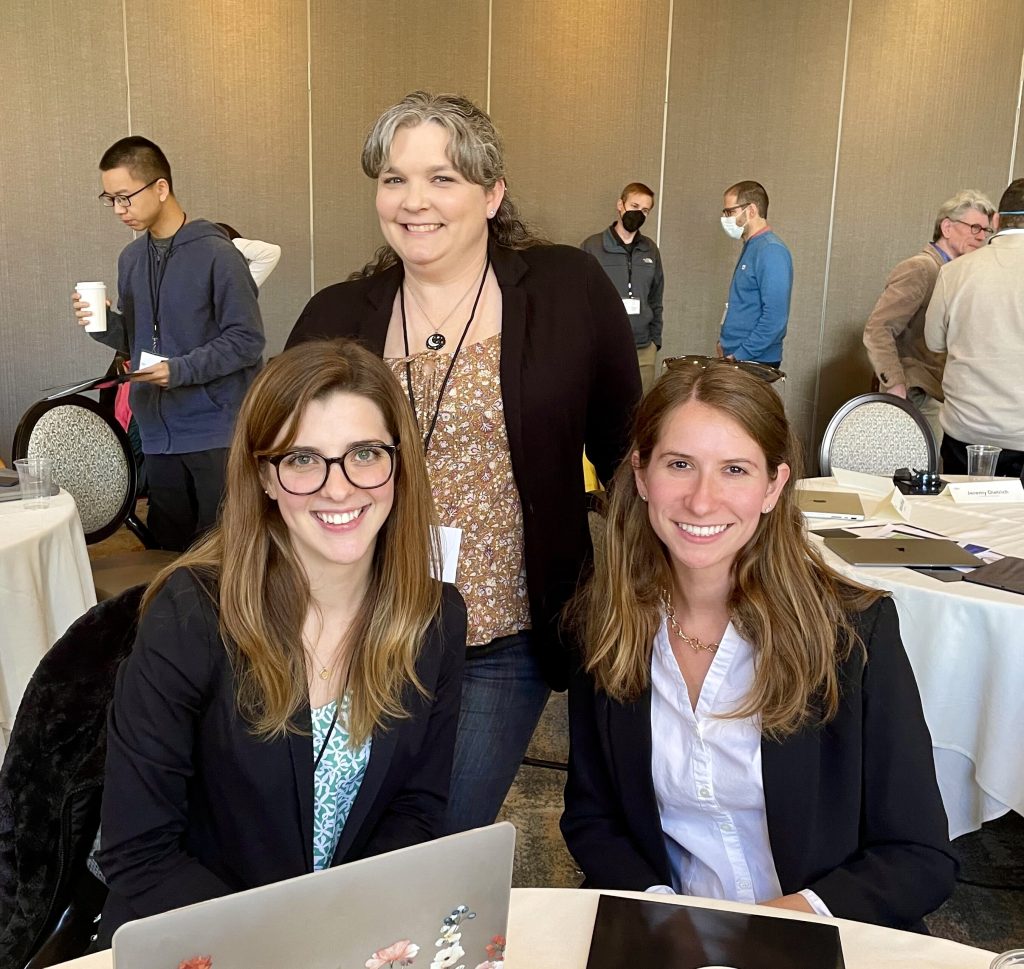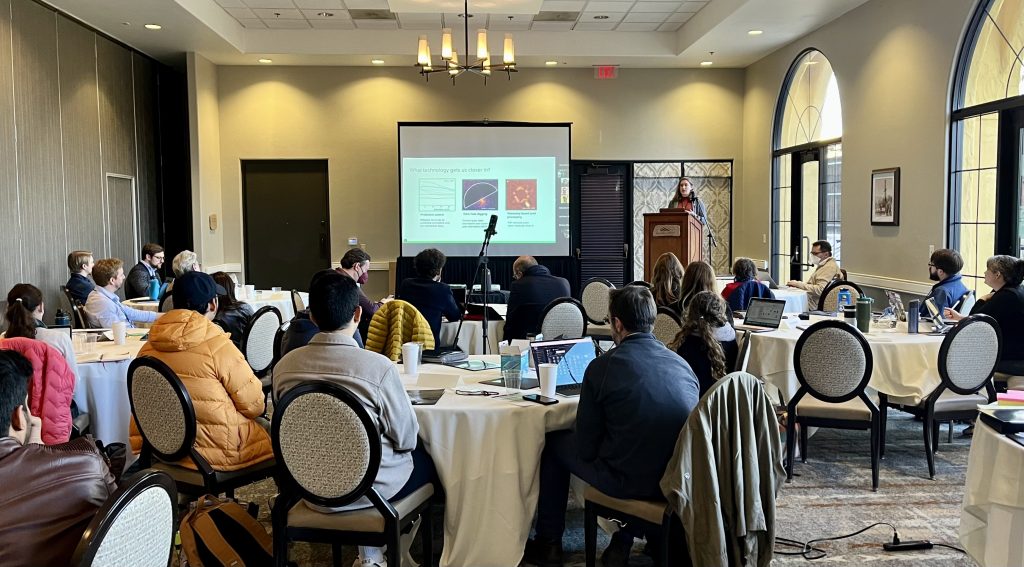MagAO-X threw a bit of a tantrum today, but Jared got it calmed down before sunset. Ever since Eden gave it a swift zapatazo, the operator workstation has been moody and fractious. Compounding our difficulties, one of the rack computers was on the fritz at the same time.
Jared says that in the world of Navy nuclear power, you don’t conduct drills for two simultaneous faults. That means what happened today is simply not allowed in the Navy, which should reassure us all. (I have informed our instrument computers that we will be adopting this same policy going forward.)
Tonight Alycia Weinberger, the forever young Las Campanas Frequent Flyer, is obtaining more disk imagery. Conditions have been passable, though I hear past midnight things started getting good. Stay tuned.
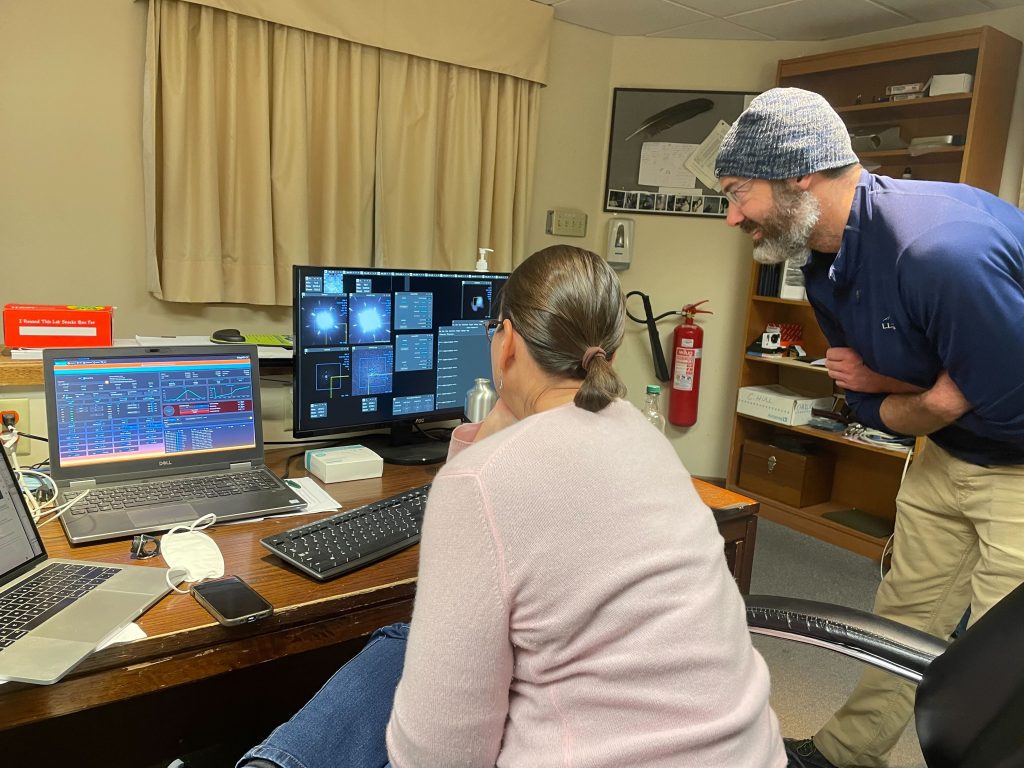
At this point even the newest graduate students have become adept at driving the AO system. Still, they mustn’t get complacent, because we continue to add more complexity in order that more things may go right.
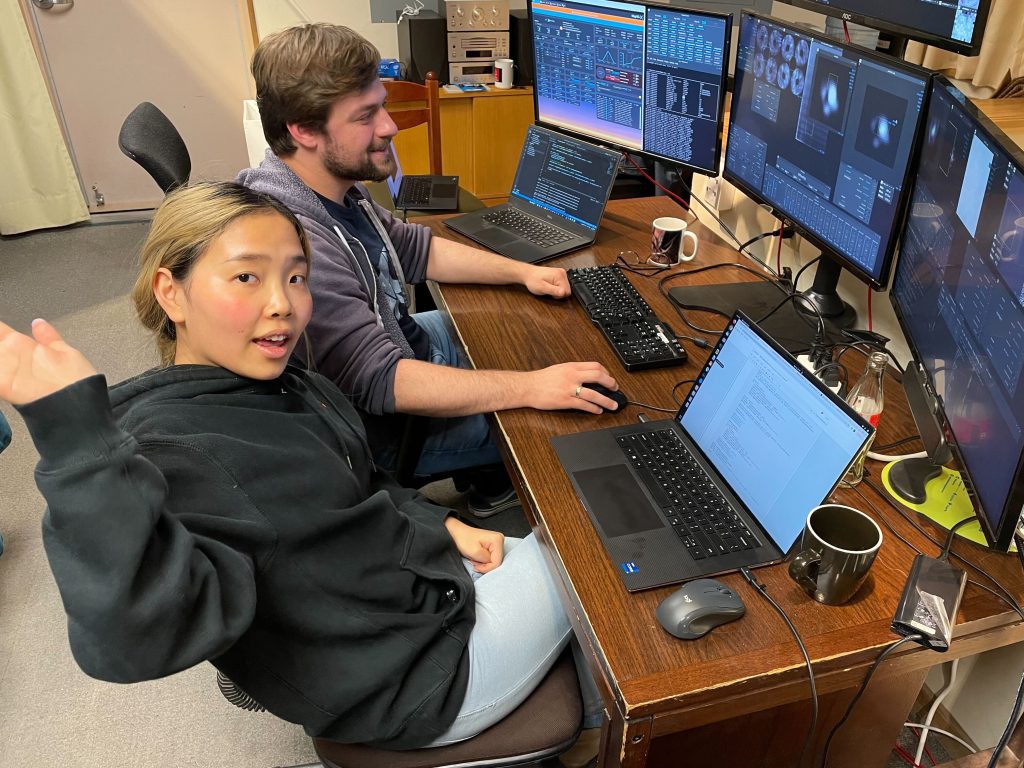
For example, I am hiding in the rec room trying to refactor Lookyloo, the “quicklook” script that has grown additional responsibilities. Not coincidentally, I’m going through my headache meds faster than the chocolate-covered espresso beans. (Does anyone know what Excedrin is sold as in Chile?)
The goal is to bundle up the relevant image archives and system telemetry files that encompass an ‘observation’ and stuff them into a single unit for uploading to the CyVerse Data Store back in North America. CyVerse operates scientific computing infrastructure in connection with the University of Arizona, meaning we have a hotline to their head honcho for our data hoarding. The idea here is that our highly compressed data formats will use the limited bandwidth between continents more efficiently, allowing us to “rehydrate” the observations into more conventional formats upon demand.
Fortunately, CyVerse has no relation to Facebook’s Metaverse, and we will not be issuing NFTs of our observations. (For archive-browsing readers of the future: NFTs were a bubble/pump-and-dump scam of the early 2020s, with JPEGs taking the role of tulips.)
In further news from the software side, we ran our first all-Python MagAO-X device last night! My PurePyINDI2 library successfully allowed us to command Sebastiaan’s VIS-X camera from the same interfaces we use for scripting and interacting with the rest of MagAO-X.
Of course, that doesn’t look like anything, so here is a picture of a guanaco:
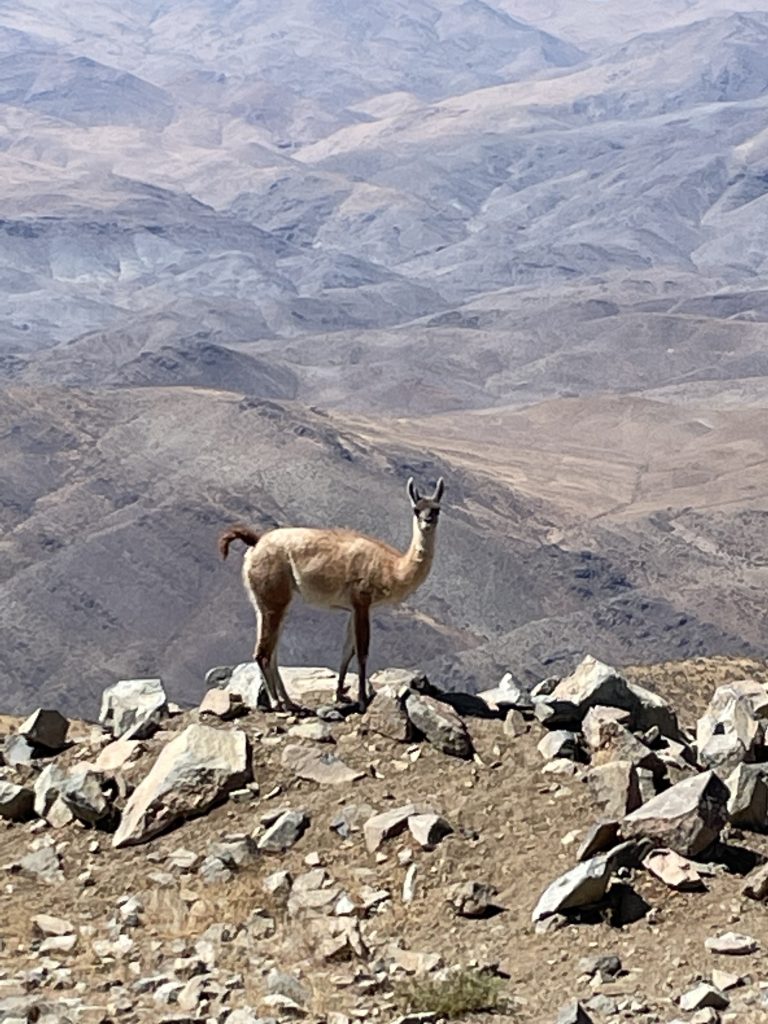
Technically, it was our second PurePyINDI2 device, as Maggie-o-X had already been taunting the observers through Jared’s add-on speaker for the operator workstation. Its repertoire includes:
- “Beep boop bop” when activating Low Order Wavefront Sensing, with or without Ms. Lowfs in attendance.
- “Gaan met die banaan” when taking exposures with VIS-X, our most Dutch camera.
- “P.I. is asleep. I am the P.I. now.” (among other choices) when nothing alert-worthy happens for 15 minutes.
It alerts on more useful criteria, as well, like changing targets and AO loop events. But those messages are strictly business.
Being out of the critical path for operations tonight means I have taken the chance to do some (lower-tech) astrophotography. It turns out that the image processing on an iPhone can wring detail out of moonless nights, as long as you have a tripod and some patience.
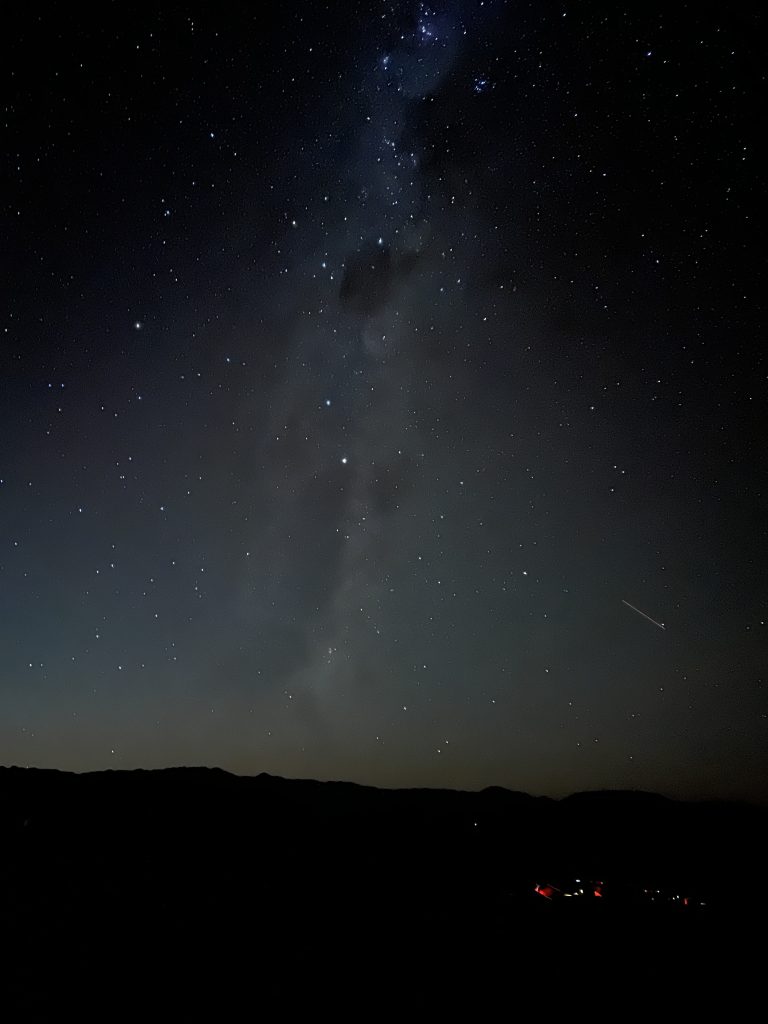
I have speculated that “computational photography” boffins will eventually forward-model the whole sky and paint the stars in after the fact. Recently, it was revealed that Samsung has taken this conspiracy theory as a product suggestion for their latest phones.
Once our image processing is allowed to make up details that aren’t there, I predict we’re going to find loads of planets.
Song of the Day
There were never any ‘good old days’. They are today, they are tomorrow! It’s a stupid thing we say, cursing tomorrow with sorrow.
The world’s foremost Gypsy Punks were also my first ever show as a wee teenager in Atlanta, Georgia. I didn’t know much about live music, but a Ukrainian dude capering around the stage and emptying a bottle of red wine on the pit seemed pretty punk rock to me.
Lead singer Eugene Hütz also had a starring role as Alex in the movie adaptation of Everything is Illuminated. They even worked the band in in this one scene:


